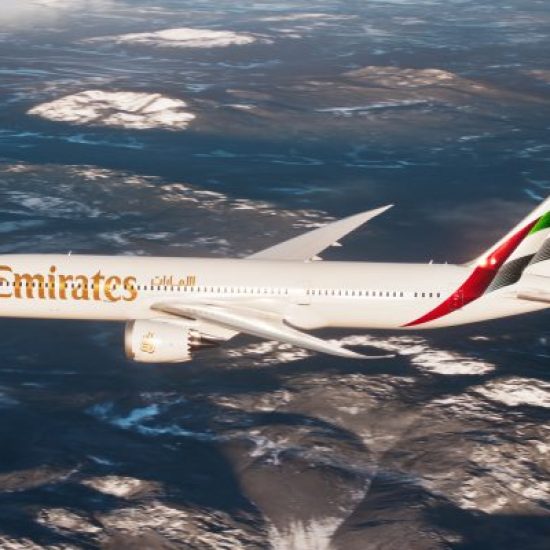![Energy companies NSR[36068] Energy companies NSR[36068]](https://thearabianpost.com/wp-content/uploads/2023/09/Energy-companies-NSR36068-800x533.jpg)
ROSATOM, Gazprom Neft Marine Bunker and Gazprom Neft Shipping signed a memorandum of cooperation in the implementation of the Eurasian Container Transit Project (EACT) during the Eastern Economic Forum 2023. The document sets out the parties’ intentions to create the first regular container line to carry out transit cargo transportation via the Northern Sea Route (NSR) between the eastern and western parts of Eurasia.
The companies plan to cooperate in the process of construction and further operation of the Arctic fleet for the EACT project. In addition, they will study the possibility of providing the project with the necessary infrastructure for its operation on liquefied natural gas (LNG), as well as work out possible conditions for bunkering the fleet with LNG and other types of fuel. Cooperation between ROSATOM and Gazprom Neft enterprises will help to improve environmental safety and sustainability of the first Arctic container line and contribute to the decarbonization of shipping in Russia’s Arctic regions.
ROSATOM has been the infrastructure operator of the Northern Sea Route since 2018, ensuring the safety and smooth operation of this transportation route. ROSATOM is developing its logistics business, including the Trans-Eurasian Container Transit project aimed at creating a sea transit containerized cargo transportation service between the eastern and western parts of Eurasia via the Northern Sea Route.
Gazprom Neft Marine Bunker is the operator of Gazprom Neft’s bunker business. It provides year-round supplies of marine fuels and oils for marine and river transportation in major ports in the North-Western, Black Sea and Far Eastern regions, as well as in the Arctic and on inland waterways.
Gazprom Neft Shipping is a ship-owning and operating subsidiary of Gazprom Neft Marine Bunker which manages nine bunkering vessels, including the country’s only LNG refuelling vessel Dmitry Mendeleev, three Arctic oil tankers and two icebreakers.
“By developing the transit line through the Northern Sea Route, global trade parties will have an additional cargo delivery route that will help to reduce transportation time and the pressure on the environment. We strive to ensure that transit through the NSR is predictable and safe, and we welcome our partners who, like us, are engaged in the development of the Northern Sea Route balancing its economic and sustainable development”, said Ekaterina Lyakhova, Director for Business Development, ROSATOM State Corporation.
“Decarbonization of shipping on the strategic transport route – the Northern Sea Route – is one of the key tasks for the participants of the entire industry. Today we refuel every second vessel in the Arctic region with environmentally friendly fuel. Our partners are cargo transportation companies and specialized vessels involved in major Arctic projects. To ensure year-round fuel supply to the polar fleet we have built a unified logistics infrastructure including our own ice-class bunkers for operation at northern latitudes”, stated Anton Sobolev, General Director of Gazprom Neft Marine Bunker.
“The accumulated experience of operating Russia’s first LNG bunker ship Dmitry Mendeleev allows us to provide shipping industry participants with unique expertise required when planning future routes and building marine transportation using low carbon footprint fuel. First of all, it concerns technical synchronization of fuel systems of new vessels for LNG refueling and training of crews to work with NGV (natural gas vehicle) fuel. For this purpose, we have previously initiated and introduced into Russian shipping practice an appropriate standard regulating technological processes and procedures for LNG bunkering, and launched our own educational program”, Dmitry Zaikin, General Director of Gazpromneft Shipping, said.
The EACT is one of the projects to develop the transportation potential of the Northern Sea Route. 38% of its way passes through the waters of the NSR, thanks to which it has a number of advantages: shorter length, safety of cargo transportation, absence of bottlenecks and queues when passing the route.
The NSR, in turn, may become an important element of the sustainable international logistics. The corridor allows to reduce the distance from Northern Europe to China by almost 40% in comparison to the Suez Canal route and cut in half the sailing time. By reducing distance and travel time, it may help to reduce fuel consumption and the carbon footprint of maritime transport.
Also published on Medium.






